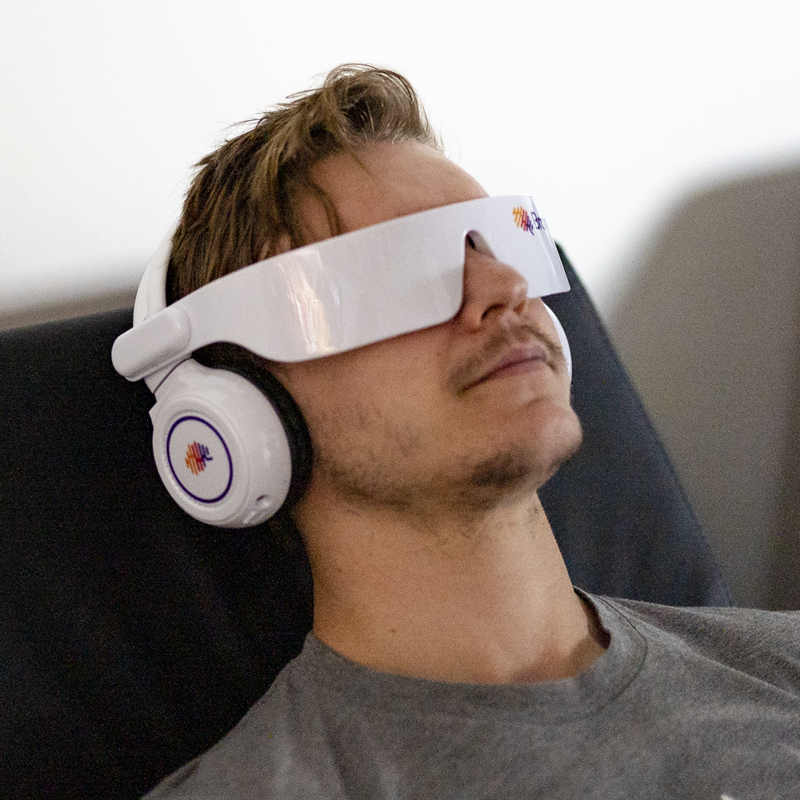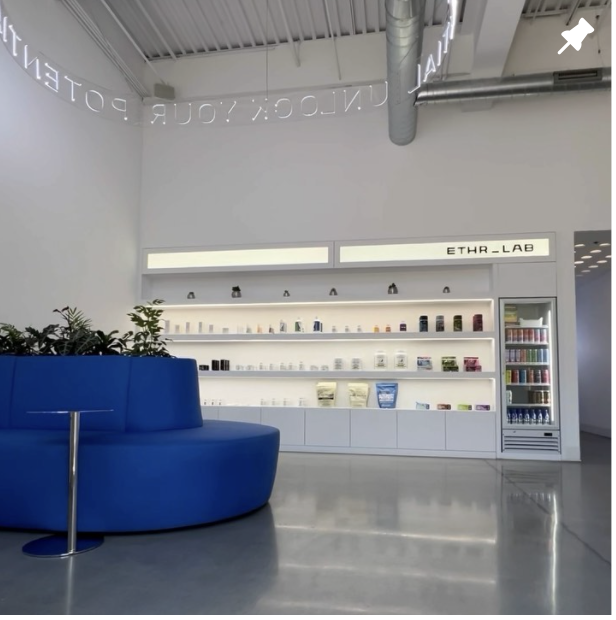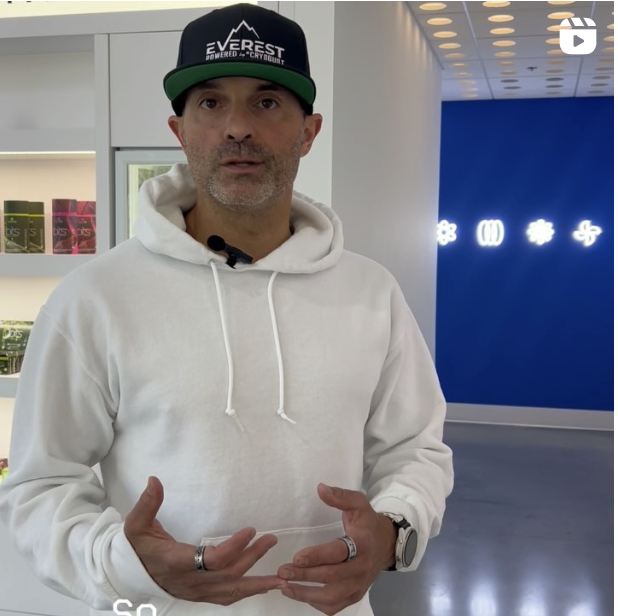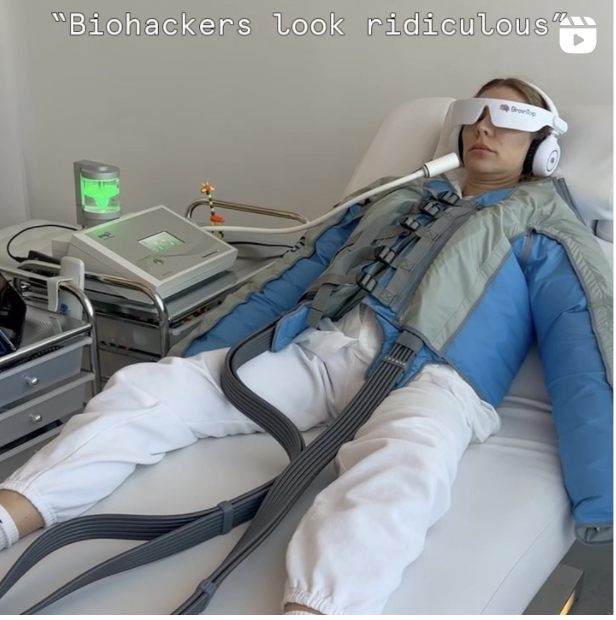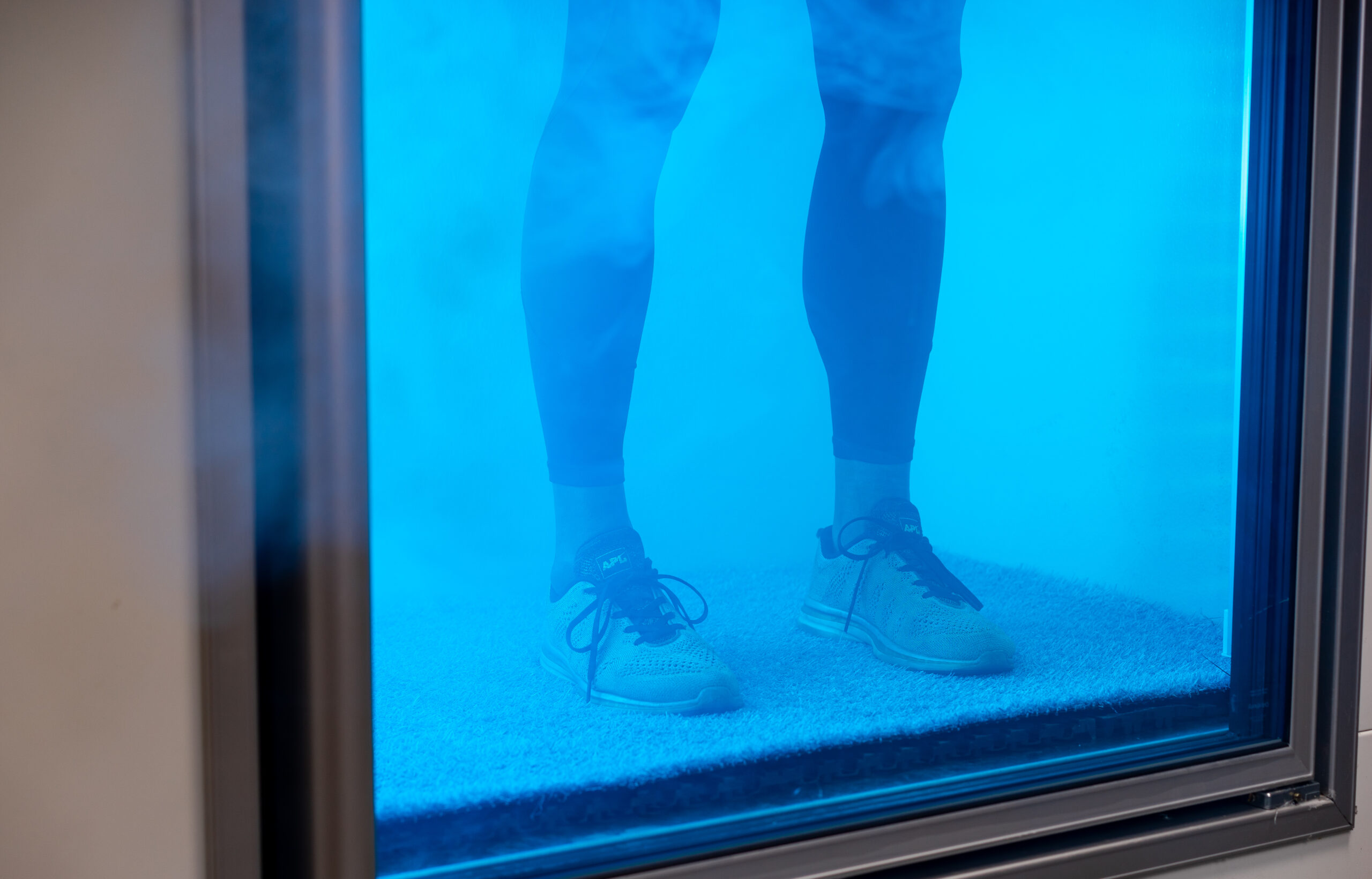
Cryotherapy vs. Ice Baths: Which Recovery Method is Right for You?
When it comes to recovery, athletes and wellness enthusiasts often debate: cryotherapy or ice baths? At ETHR LAB in Oakbrook Terrace, we specialize in whole-body cryotherapy, a cutting-edge alternative to traditional ice baths. Let’s break down the differences so you can decide which option suits your recovery needs best.
Whole-body cryotherapy uses dry, low-humidity air to gradually cool the body, minimizing discomfort and avoiding the shock of immersion in cold water. This process creates a sensation of cold without the damp chill of ice baths, keeping your core body temperature stable and eliminating the risk of hypothermia. Ice baths, on the other hand, can pose a hypothermia risk if unsupervised or prolonged. Cryotherapy sessions at ETHR LAB are always professionally monitored, ensuring safety and optimal results.
The speed of temperature change also sets these two methods apart. Cryotherapy delivers rapid cooling that’s often perceived as more comfortable, taking just three minutes to complete. Ice baths require longer exposure to stimulate blood circulation, making them a slower process. While some individuals value the discomfort of ice baths for building mental resilience, others prefer the efficiency and convenience of cryotherapy—especially since there’s no need to get wet.
For those interested in Contrast Therapy (alternating between hot and cold exposure), ice baths offer an advantage with easy entry and exit, allowing transitions to a sauna or hot tub. In contrast, cryotherapy is a continuous, immersive process, ideal for those who want a straightforward recovery session without frequent stops and starts.
Why Choose Cryotherapy?
At ETHR LAB, whole-body cryotherapy offers:
- Greater Comfort: Experience dry, cold air without the shock of water immersion.
- Faster Recovery: Enjoy quick, effective sessions that stimulate circulation in just minutes.
- Convenience: No need to get wet or change clothes—perfect for busy schedules.
- Safety: Sessions are closely monitored to ensure optimal results without risks.
Both cryotherapy and ice baths have their merits, but cryotherapy stands out for its efficiency, safety, and enhanced comfort. It’s the perfect recovery solution for athletes and wellness seekers in the Chicago suburbs, offering a modern, science-backed alternative to traditional methods.
Stack It for Maximum Benefits
Want to supercharge your recovery? Pair cryotherapy with NanoVi Oxidative Stress Therapy and PEMF Therapy at ETHR LAB. NanoVi reduces oxidative damage and enhances cellular repair, while PEMF stimulates energy production and muscle recovery. Together, this stack delivers unparalleled recovery and wellness benefits.
Book Your Cryotherapy Session Today
Located in Oakbrook Terrace, ETHR LAB is your go-to destination for advanced recovery solutions. Whether you’re comparing cryotherapy vs. ice baths or looking for a complete wellness stack, we’ve got you covered. Schedule your session today and experience the future of recovery in the heart of the Chicago suburbs.


